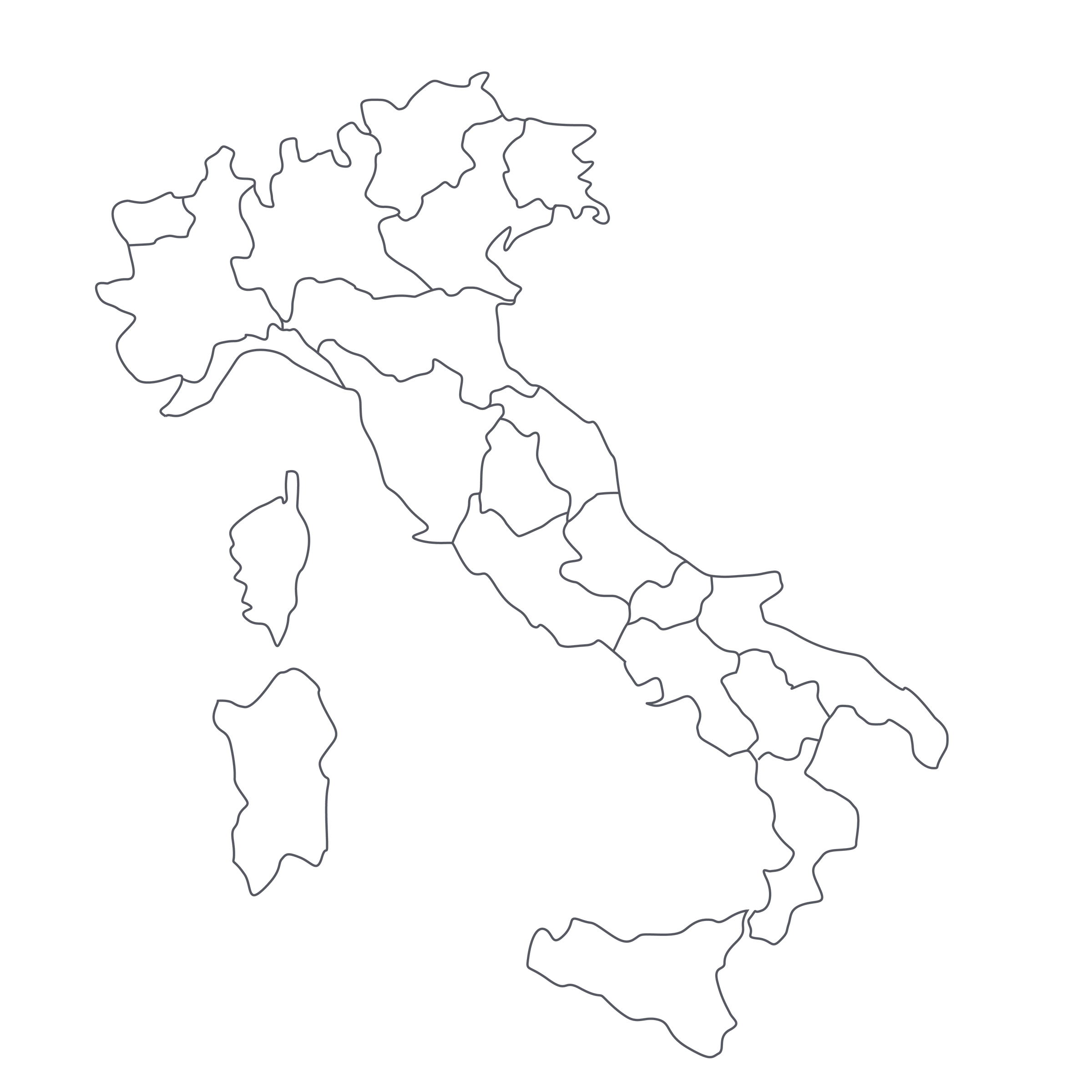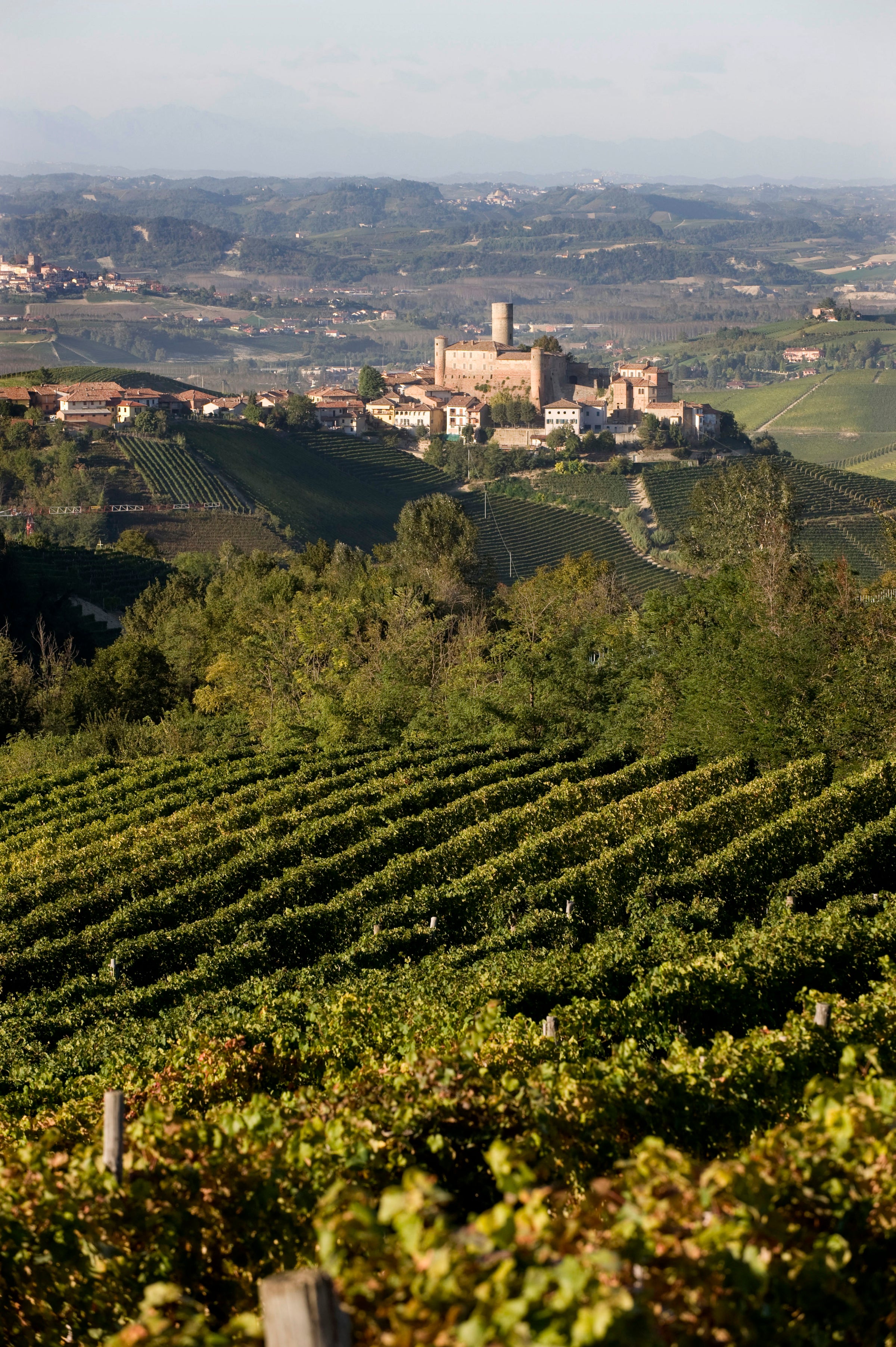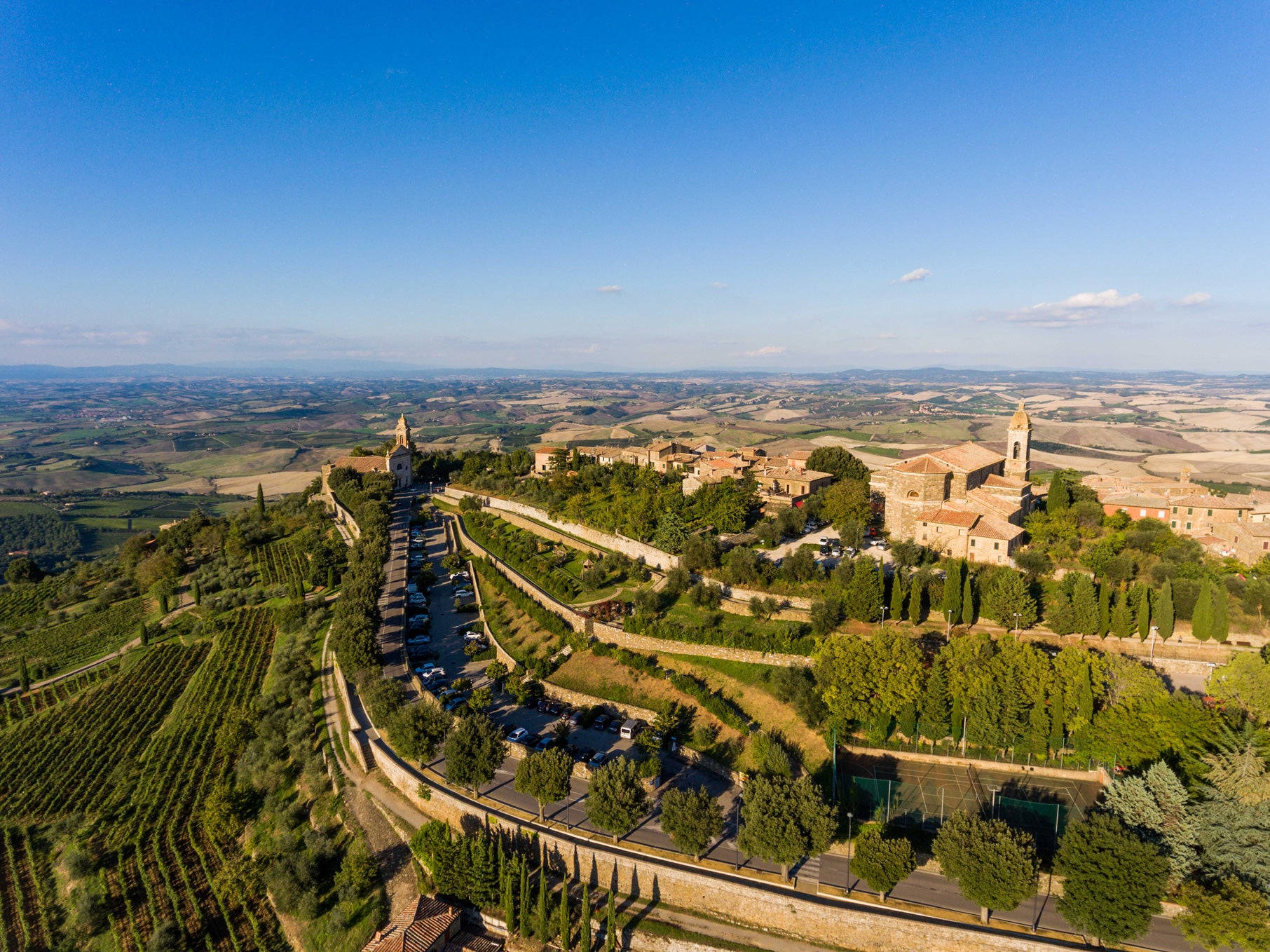Wine-world tastemakers have traditionally banished Italian white wines to the proverbial corner, categorizing them as innocuous refreshers that are perfectly fine for beachside quaffing (or “Real Housewives”-style cocktailing). I’ll admit you must choose carefully, as there are some undistinguished varieties that still dominate the Italian vineyard-scape, but with each new vintage, Italian white wine grows exponentially more interesting.
The cream has begun to rise to the top, as vintners isolate the varieties and terroirs best-suited to genuinely great white wine. It so happens that two such grapes/places are in the southern region of Campania, which is not merely the cradle of ancient viticulture and its great Roman-era chroniclers (Columella; Pliny the Elder) but a place with two of Italy’s greatest white grapes: Fiano and Greco. Both thrive in Campania’s cool, hilly Irpinia region, in soils of mineral-rich, compacted volcanic ‘tuff’—tufo in Italian, so fundamental to Irpinia wine culture that it is the name of a town, and, in turn, a denomination of origin (Greco di Tufo). Today’s superb Fiano di Avellino (also named for a village of origin) demands a place on the world stage: It’s a white wine brimming with aromatic intrigue, rich texture, and mineral tension—a wine serious enough that noted Francophile Ian Cauble excitedly texted me about it during his recent visit to Vadiaperti. This is an exuberant, floral evocation of the southern Italian sunshine and a serious transmitter of terroir to boot. I know we say this a lot, but…do not miss it!
I’ll take the ‘noble’ grape thing a step further: There are some observers, much more expert than myself, who believe Fiano to be Italy’s greatest native white grape. It would certainly be in my top five, alongside Friulano (Friuli), Carricante (Sicily), Verdicchio (Marche), and probably Vermentino (with the Greco and Malvasia families in the mix as well). The Troisi family of Vadiaperti has a long history with Fiano in the Avellino area, having farmed vineyards in the commune of Monfredane since the late-1800s. “Aipierti,” the name of today’s top-of-the-line bottling, means “open passages” in local dialect and refers to the undulating hills around the estate; “Vadiaperti” is the more modern way to say it.
“Aipierti” is not a single-vineyard bottling but a special selection of fruit culled from the estate’s oldest vines (40-50 years, planted in tufo over limestone at elevations up to 1,200 feet). The grapes are “full-cluster,” or whole-cluster, pressed (to gently extract juice without excess malic acid or skin tannins) and fermented with only ambient yeasts; the wine is aged in tank only, resting for an extended period on its fine lees (spent yeast cells that lend complexity and texture, which over time precipitate out as sediment).
This 2016 has the requisite freshness and aromatic lift you’d expect from a young, un-oaked white, albeit with a level of depth and structure you might not have expected: In the glass, it’s a deep yellow-gold with a slight hint of green, with good viscosity as it’s swirled. Much like French Chenin Blanc, Fiano is capable of a wide range of expressions, from steely and bone-dry to lush, honeyed, and sweet; this one falls squarely in the dry and mineral camp, but shows nice richness and fruit concentration on the palate, with aromas of green apple, white peach, wildflower honey (a classic Fiano note), citrus peel/blossoms, and faint hint of smoke. Nearing medium-plus in body, its lushness is checked by great freshness and a tactile mineral grip that makes your mouth water. Just delicious, and while I could see it aging nicely over the short term (2-4 years), I see no reason to wait: Pull the cork about 15-20 minutes before serving in all-purpose white wine stems at 45-50 degrees. I’m loathe to use the term “summer wine,” ever, but if the shoe fits…pair this with lemony, herby seafood off the grill all summer long and you will be a very happy camper. Enjoy!




